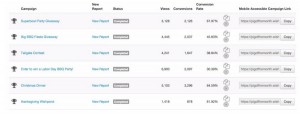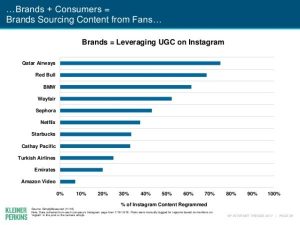By Sam Becker
The Internal Revenue Service (IRS) isn’t exactly known for its stellar customer service—something that’s become increasingly clear in recent years. But there’s good news: The agency is making significant improvements in how it deals with taxpayers, directly.
With the official tax-filing deadline two months behind us, it appears that the 2023 tax-filing season showed marked improvement over 2022’s, according to Erin Collins, the National Taxpayer Advocate—or the “Voice of the Taxpayer”—the leading figure in the Taxpayer Advocate Service, which is an independent organization within the IRS itself. Collins released her midyear report to Congress this week, and writes that “the taxpayer experience vastly improved.”
“What a difference the year makes,” Collins said in the beginning of the report, adding that “the IRS caught up in processing paper-filed original Forms 1040 for individuals and various business returns; refunds were generally issued quickly; and taxpayers calling the IRS were much more likely to get through—and with substantially shorter wait times.”
“Overall, the difference between the 2022 filing season and the 2023 filing season was like night and day,” she added.
While individual experiences for taxpayers obviously vary, this should be overall welcome news to a nation of weary taxpayers, millions of whom waited (or continue to wait) for their past years’ returns to be processed, or to simply get someone on the phone to answer questions.
Delayed refunds and poor phone service are two pain points that the IRS has specifically targeted for improvement after it received nearly $80 billion in fresh funding as a part of the Inflation Reduction Act, signed into law last year. A portion of that funding (roughly $20 billion), however, was cut away as part of the recent debt-ceiling deal struck between Congressional Republicans and the White House.
Even so, it appears that the IRS is making significant headway toward reaching at least some of its goals, with improving the taxpayer experience chief among them. And the raw numbers show how much progress the IRS has made toward shoveling through its pile of unprocessed tax returns. As of April 22, 2023, the IRS reduced its backlog by 80% year-over-year, with only 2.6 million still in the queue—down from 13.3 million the year before.
Additionally, the IRS also recently announced that it is testing a new free direct-file system starting in 2024, in another attempt to win taxpayers’ hearts by offering a free alternative to tax-prep software stalwarts TurboTax and H&R Block. Though the project is a huge undertaking, a successful rollout in the years ahead could help the IRS further improve its image. For now, though, simply improving basic functions should be considered a win.
(7)
Report Post







